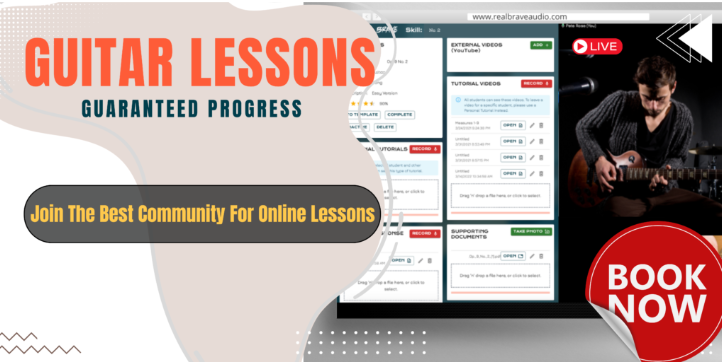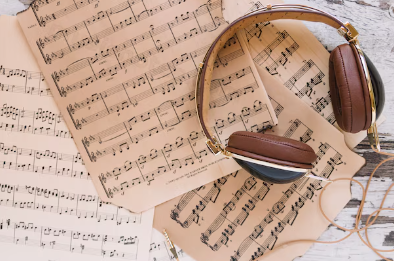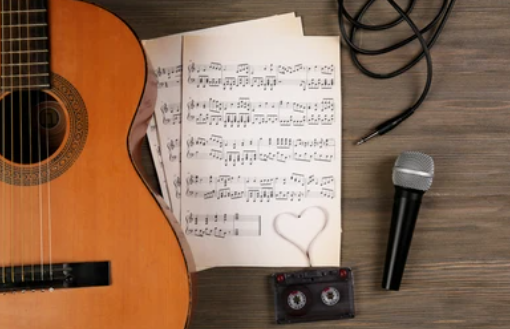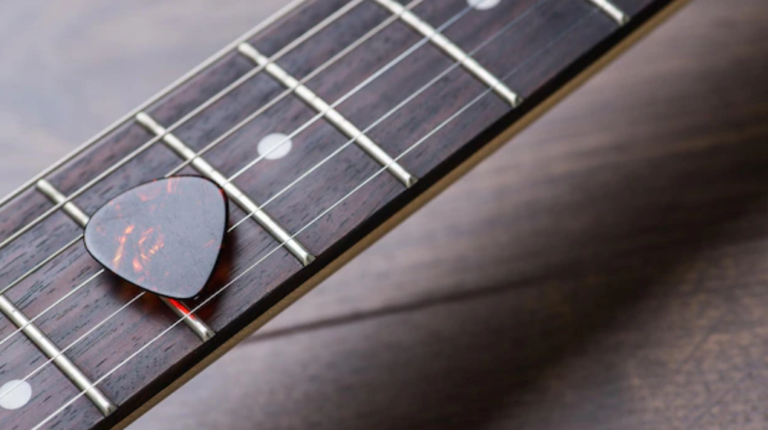Everything You Need To Know About How To Play The G Major Pentatonic Scale On Scale

The G major pentatonic scale resonates through iconic tunes, infusing them with a vibrant, assertive essence that can shift moods and convey potent messages. From The Rolling Stones’ swaggering “Honky Tonk Women” to Pink Floyd’s introspective “Wish You Were Here,” this scale is fundamental for crafting memorable melodies.
It consists of five notes derived from the G major scale, omitting the fourth and seventh. Guitarists of all levels can harness its power to enrich their musical repertoire.
In this guide, we delve into the intricacies of the G major pentatonic scale, and its constituent notes, and provide a method for mastering it using diagrams. Let’s dive in!
Notes Of The G Major Pentatonic Scale
Like all pentatonic scales, the G major pentatonic scale consists of five notes, contributing to its crisp, luminous timbre by eschewing sharps and flats. The notes comprising the G major pentatonic scale are as follows:
G A B D E
These five notes are a subset of the G major scale, excluding the fourth (C) and seventh (F#) notes, with G, B, and D forming the G major triad chord.
Positions For Playing The G Major Pentatonic Scale
Various positions facilitate playing the G major pentatonic scale. Here, we’ll focus on the open position, commencing from the 3rd fret of the low E string.
Displayed below is a chart illustrating the scale’s layout on the guitar fretboard. Each dot represents a note, with yellow dots denoting the root note (G).
Chart for the G Major Pentatonic Scale: Open Position
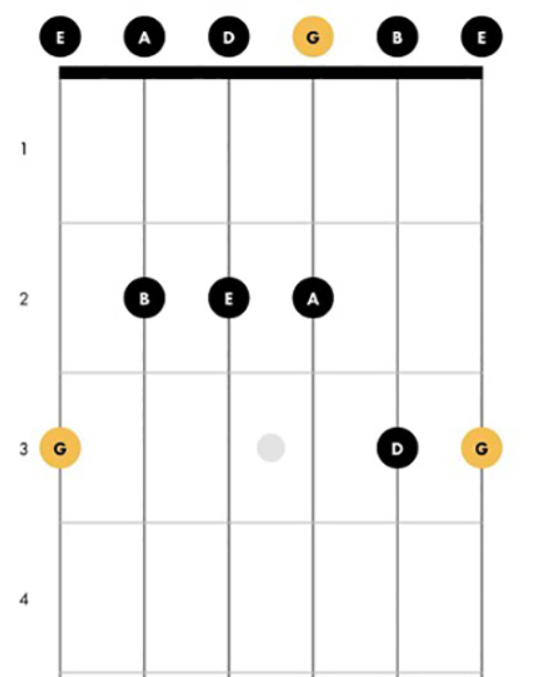
To initiate, position your middle finger on the 3rd fret of the low E string. Progressing through the scale, your index finger will traverse the 2nd fret on the subsequent three strings, while your middle finger will navigate the 3rd fret on the B and high E strings.
Tablature For The G Major Pentatonic Scale
For some, learning via tablature may prove more accessible. Below, we present tablature depicting the G major pentatonic scale:

The initial note for the G major pentatonic scale is typically played on the 3rd fret of the low E string, not the 3rd fret of the A string.
The G major pentatonic scale is movable, meaning that the same pattern can be applied to different frets on the fretboard to play the scale in different keys.
Unlike some pentatonic scales, the G major pentatonic scale doesn’t necessitate the use of the ring or pinky fingers, simplifying its execution. Despite traversing multiple notes, you’ll discern only five unique notes within the scale, owing to octave shifts.
Practicing the G Major Pentatonic Scale
Mastery of the G pentatonic scale hinges on repetition. Practice ascending and descending, starting from G and progressing through A, B, D, E, and ascending to the higher G octave, then reversing the sequence.
Employ alternate picking to enhance both picking proficiency and aural acuity.
Remember, this isn’t the sole method for playing the G major pentatonic scale; other positions along the fretboard offer further exploration. Experimentation with diverse versions can enhance finger dexterity and foster familiarity with notes across the fretboard.
Benefits Of Learning The G Major Pentatonic Scale
Learning the G major pentatonic scale on guitar offers numerous benefits, making it a valuable skill for players of all levels. Its versatility spans across various musical genres, providing a foundation for creating both upbeat and melancholic melodies. Understanding this scale enhances improvisational abilities, allowing guitarists to confidently navigate the fretboard and spontaneously craft solos. Moreover, practicing the G major pentatonic scale improves ear training and fretboard knowledge, contributing to a deeper understanding of music theory. As players become proficient with the scale, they gain access to advanced techniques such as bends, slides, and double stops, expanding their musical repertoire and expressive capabilities. Overall, mastering the G major pentatonic scale is essential for developing well-rounded guitar skills and unleashing creativity in musical expression.
Interested in taking your guitar skills to the next level? Click the below and book a free lesson with us! We’re committed to helping you express yourself freely on the guitar without endless scales and theory. Happy playing!
Author: Daniel Powers Jr, the founder of Real Brave™, serves as the chief inspiration to thousands of students in the Real Brave music instruction program. He’s also the visionary behind PracticePad™, an online platform for live one-on-one online music lessons, lesson tracking, and scheduling. Beyond his entrepreneurial pursuits, Daniel leads a non-profit organization that provides formerly homeless children with access to music education, making a profound impact on their lives. His unwavering dedication to music, innovation, and education continues to inspire individuals to reach their fullest potential while creating positive change in communities. Follow Real Brave on all the socials:
youtube.com/@realbraveinc
twitter.com/realbraveinc
instagram.com/realbraveaudio
facebook.com/realbraveinc
